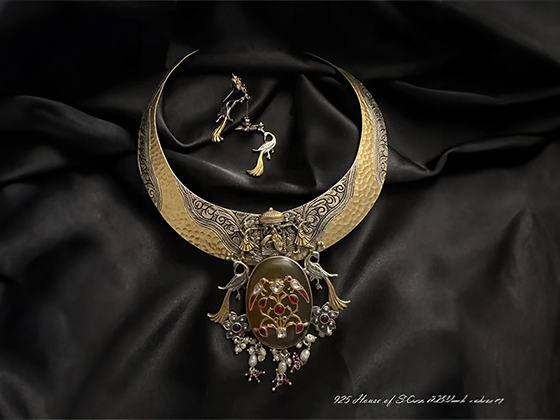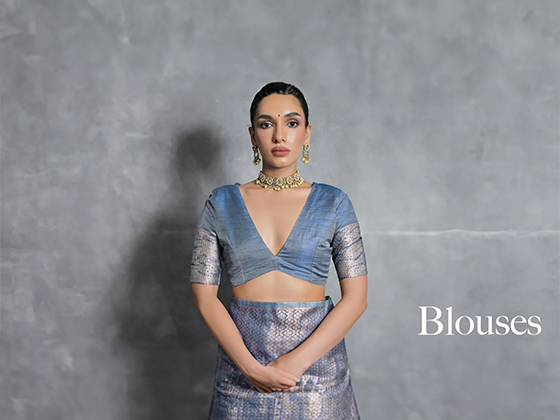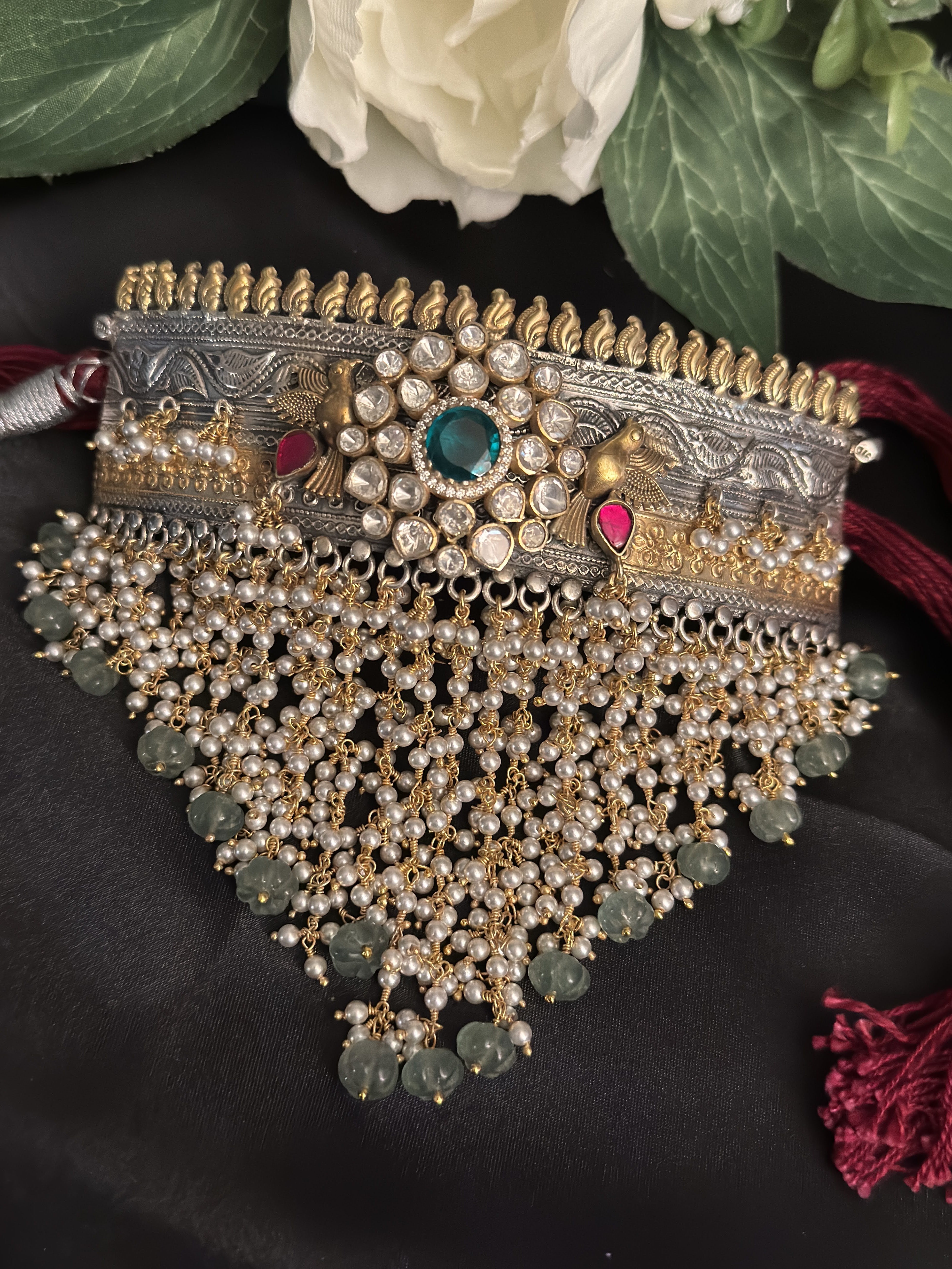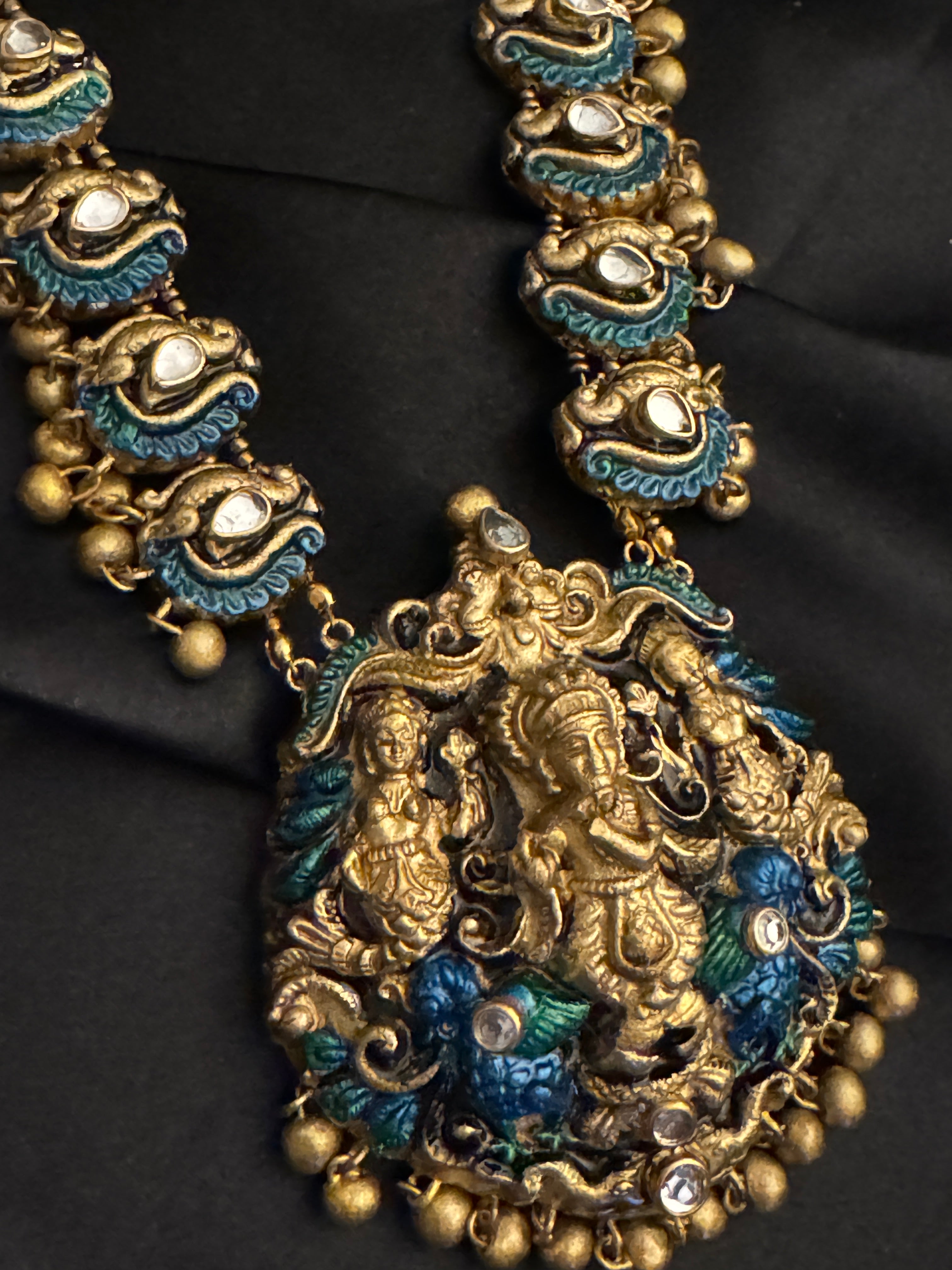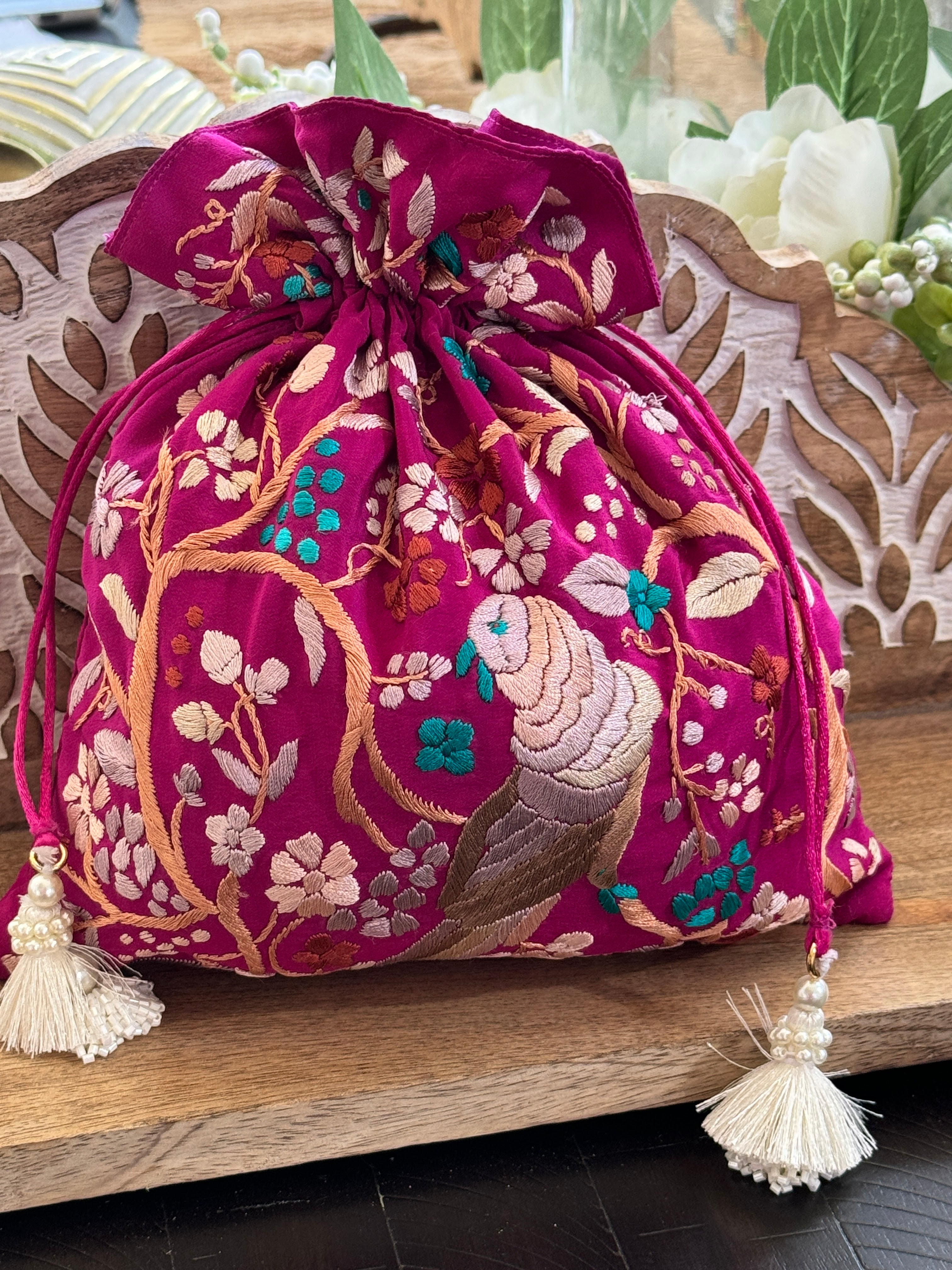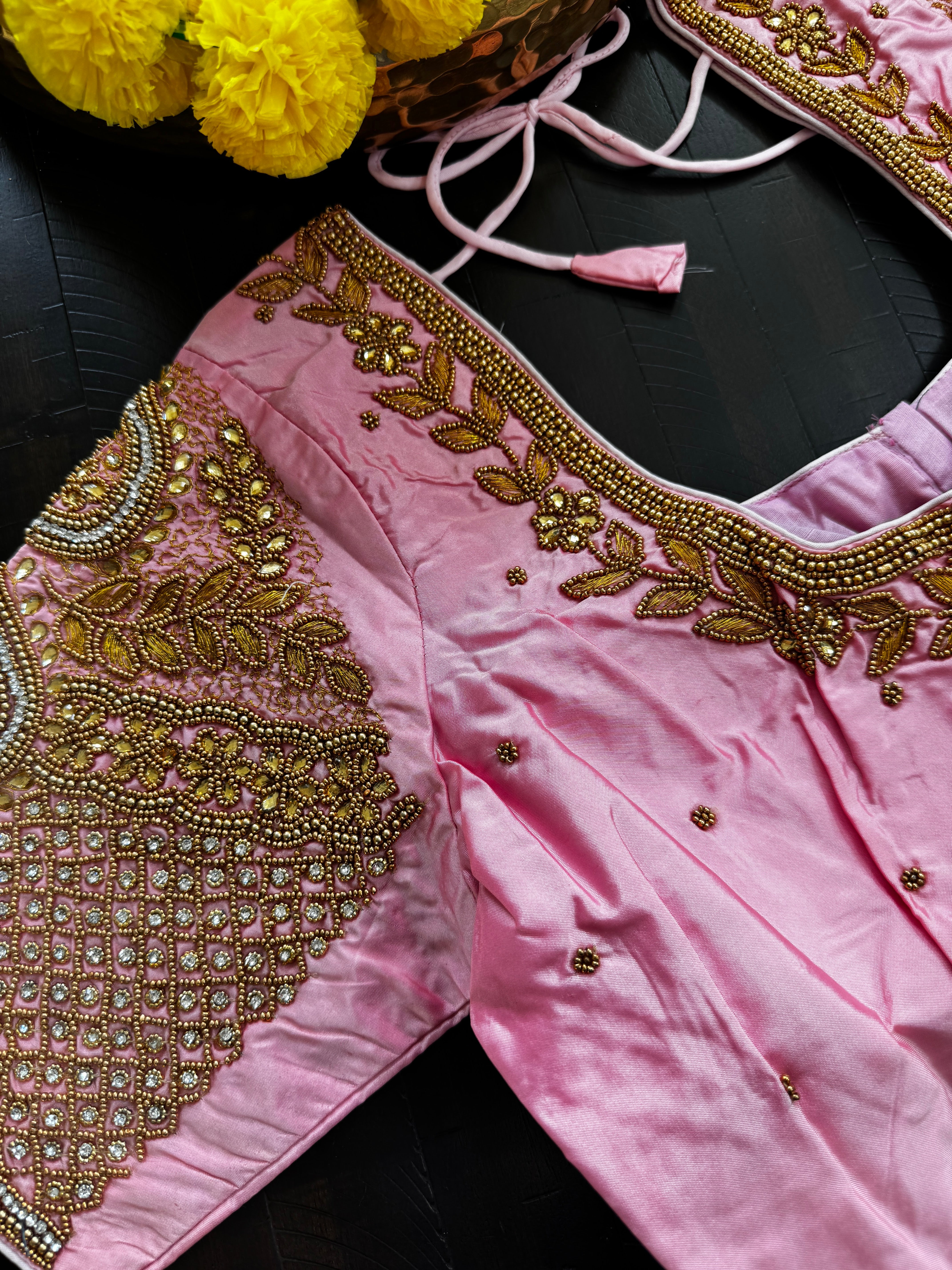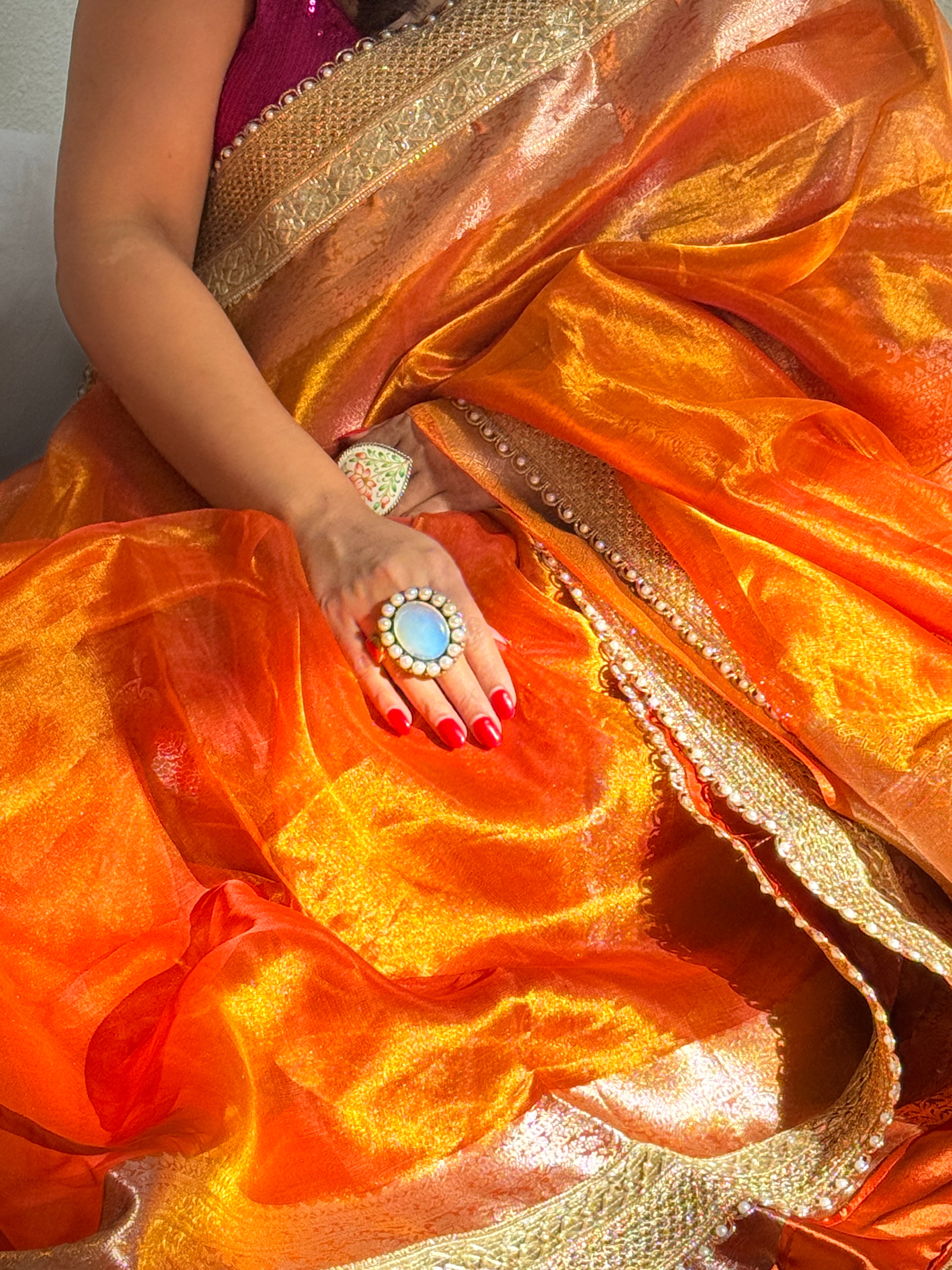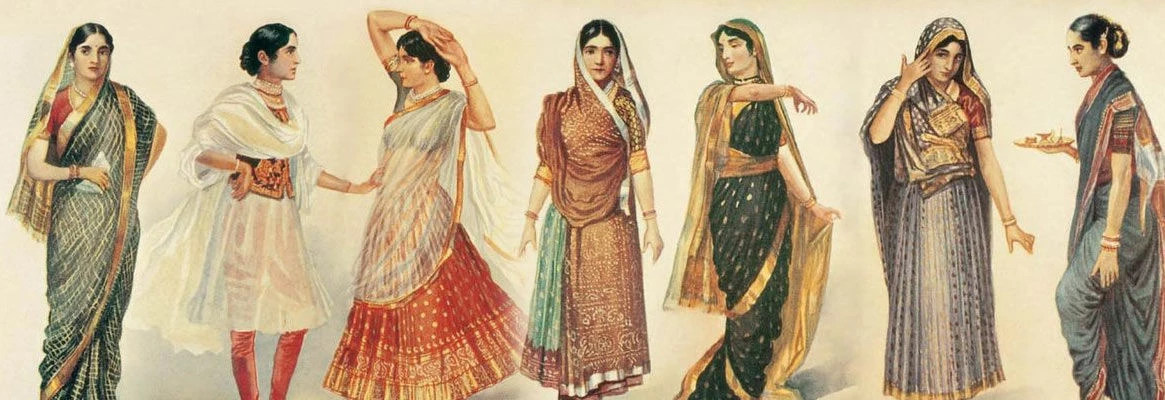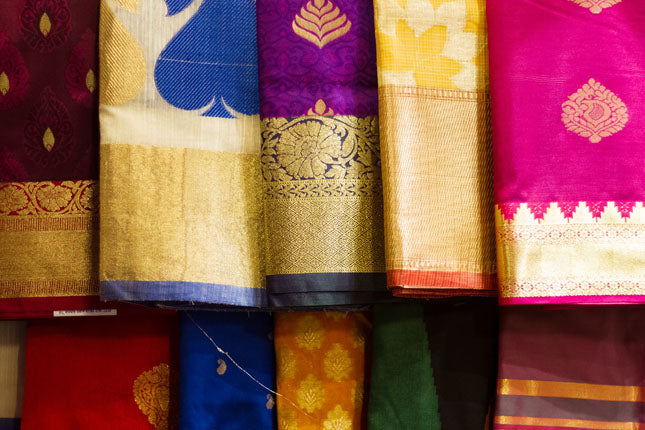INDIA AND ITS VIBRANT TRADITION OF SAREES
In Sanskrit, the word ‘saree’ means a strip of cloth. But for Indians, these sarees are a part of its multitude of traditions and cultures. Women and even a few men have been draping themselves in colourful silks, linen, cotton for centuries. For them, these swaths of fabrics are more than just garments. They are an emblem of national pride, ambassadors for traditional style and craftsmanship, and an ideal example of the rich differences in India’s 29 states.
HISTORY OF SAREE

The earliest mention of saree can be found in the Rig Veda- a kind of Indian scripture that codifies the ideas and practices of Vedic religion and laid down the basis of classical Hinduism. Records from the Indus Valley Civilization (3300-1300 B.C.E) also suggest the use of saree in that era.
Saree is believed to have been evolved because of a popular belief in ancient India- stitching clothes made them impure. Hence, a saree- an unstitched piece of cloth- draped around the lower body and then tactically pleated across the upper body became an appropriate attire.
TRADITION OF SAREES

A few different types of draping a saree
Sarees have always been an indispensable part of India’s traditions. Indian sarees are a source of inspiration and admiration to the world’s designers and saree lovers. Traditional Indian sarees are famous all over the world and are favoured by women of all ages.
Over the years, India has become a center for dyeing, printing, and weaving sarees. Sarees are considered an ideal costume because of India’s tropical weather and are very popular among the Hindu and Muslim communities. Sarees are also very much preferred by other South Asian countries like Bangladesh, Sri Lanka, Pakistan, Nepal.

Nivi Drape saree
Sarees are usually 3.5 to 9 yards in length and can be draped in numerous ways. People often think there is only one way to drape a saree, that is the popular Nivi drape (pleated, draped around the lower body with the pallu (the ornate end of the saree) flung over the left side). Yet, apart from the nivi style of draping saree, there are more than 100 ways of draping a saree depending on the length and width of the piece, fabric, style of weaving, region, and occasion. It can also be assumed that there are other ways of draping a saree which hasn’t yet been officially discovered.
Indian urban people usually wear sarees with a blouse or choli and a petticoat, secured with safety pins. However, in rural parts, we often get to see many older women wearing only sarees without any blouse, petticoat, or pins.
In India, on certain occasions like weddings or pujas sarees are still the most popular choice of attire. Brides generally favour Banarasi silk sarees with intricate and heavily luxurious designs, trimmed with metallic zari thread or brocade work.

Deepika Padukone wearing traditional Banarasi saree
Garod sarees are very much preferred during pujas. The word Garad means white or silk which is not dyed thereby keeping the purity of the fabric making them a sacred option for Pujas. Gorod sarees are usually designed with small motifs on a white or off-white coloured background with a red or maroon border.

Women wearing Gorod saree during Durga puja (A popular festival of West Bengal)
The saree industry supports millions of weaver communities in India. Every state of India has its unique weaving technique making each saree special with its distinct look and feel. Every regional saree is the outcome of fine craftsmanship, special fabric, distinctive patterns, and special, peculiar techniques. Each region in India has its variant of the saree and all of them radiate elegance, style and class.
Image source: Google and Pinterest

